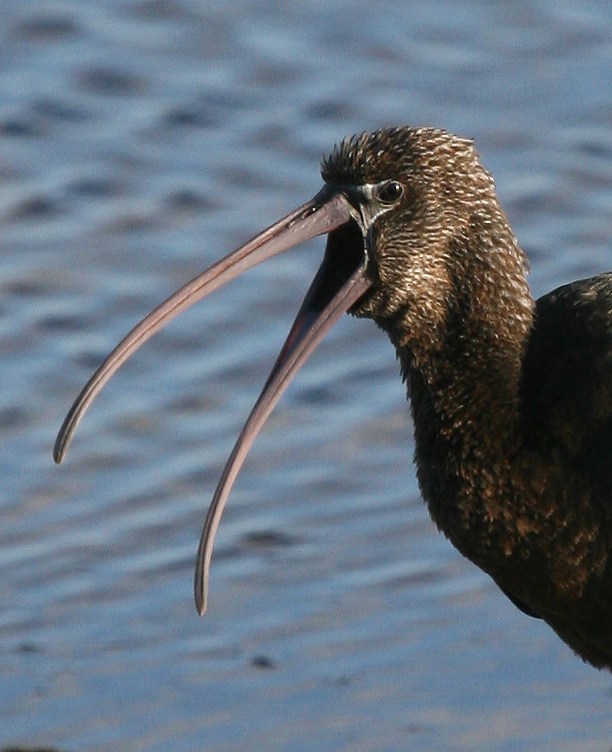British Birds and BirdGuides have recently published : Bird photography - a new code of practice. It would seem to be an opportune moment for the HKBWS to reflect on how it should move forward with this thorny issue and agree to publish their new guidelines (and adhere to them in this forum!)
The bottom line was websites do encourage the disturbance of scarce breeding birds by hosting an outlet for certain photos.
Each week BirdGuides approve some 1200 photographs on their site. They reject plenty of them. Here is an outline of their new guidelines
• A well-used mantra but one that is paramount is that the welfare of the bird is more important than the photograph.
• Birds should not be harassed by continual pushing and flushing. Most rarities soon settle into a pattern and successful photography can often be achieved by waiting patiently and allowing the bird to come to you.
• The use of playback vocalisations should be employed sparingly, if at all; if a reaction is not forthcoming immediately, then playback is unlikely to work and should not be repeated in a given territory. It should be noted that the use of playback for species protected under Schedule 1 of the Wildlife & Countryside Act may be considered illegal.
• Photographing breeding species listed under Schedule 1 of the Wildlife and Countryside Act requires a licence. It is an offence to recklessly disturb a Schedule 1 species when that species is nest-building, at, near or in a nest containing eggs or young. This includes the photography of dependent young.
• Photography at or near a nest should be undertaken only by those with a good understanding of the species involved and who are, therefore, able to keep disturbance to a minimum.
• Vegetation, whether around a nest or in other circumstances, for example concealing a shrike’s larder, should not be chopped away.
• Live bait should never be used to bait predatory birds such as raptors and owls.
• Nesting colonies, roosts and important feeding areas should not be disturbed in pursuit of photographs. The thoughtless actions of one photographer can jeopardise the reputation of others.
• Respect the rights of fellow photographers. If a photographer is in a position close to a bird, resist the urge to immediately join him or her without first gaining their acceptance.
• If digital manipulation is used, then this should be stated to avoid misleading the viewer and misrepresenting the subject.
BirdGuides have gone 1 step further by stating “Therefore, in the interests of the welfare of scarce breeding birds (and consistency), we have decided to take a rather more draconian approach to our photo approvals. From now on, all photos of Schedule 1 species taken between March and June will be rejected by an automated system. We have carefully considered the Schedule 1 list, and we have made three additions of our own (Black Grouse, Long-eared Owl and Nightjar), of birds that may be particularly liable to disturbance during the breeding season.
We hope that you will all agree that this is a fair and positive way forward. It puts the interests of our resident and migrant breeding birds first.”
The BB article abstract can be found here:
http://www.britishbirds.co.uk/2011/05/11/bird-photography-–-a-new-code-of-practice/
Eric


[
Last edited by EricB at 21/05/2011 17:33 ]


